China 56 Ethnic Groups 1
Yao – China 56 Ethnic Groups
The Yaos have a long history, and are related to the tribes of “Jinman” and “Wulingman” in Changsha in Qin and Han Dynasties. In the Tang Dynasty, the Yaos lived in Hunan, Guangdong and Guangxi, and were called “Moyaoman’.
In the Yuan, Ming and Qing Dynasties, the Yaos scattered widely in Guangxi, Guangdong and southwest Hunan and some parts of Yunnan, Guizhou provinces.
The Yaos mainly live in mountainous area. According to the fifth national census in 2000, they had a population of 2,637,421.
The Yaos have their own language, some of which belong to Yao or Miao branch of Sino-Tibetan language family while others belong to Dong-Shui subbranch of Zhuang-Dong branch of Sino-Tibetan language family.
Since the dialects differ a lot, people speaking different dialects can not communicate with each other. Therefore, the Chinese and the Zhuang languages are in common use. The Yaos have no written language of their own, and use Chinese in general.
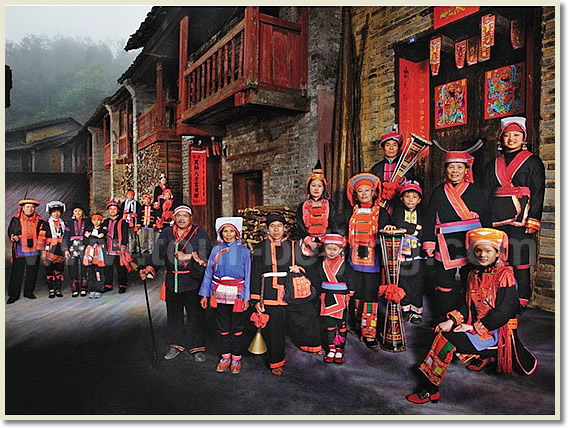
Xibe – China 56 Ethnic Groups
“Xibe” is a self-given name. They had close relation with the ancient Hsien-pei people. They began with nomadic life to the east of Great Khingan Mountains, and lived on fishing and hunting.
During the late 16th to early 17th centuries, the Xibes were conquered by the Qing Dyansty, and were enlisted into the Mongol and Manchu Eight-Banner system. In the mid-18th century, Qing Government dispatched the Xibe soldiers and their families to Xinjiang, so as to protect the northwest borderline. Form then on, the Xibes have settled down in lli Valley as farmers and soldiers.
The Xibe is distributed over Qabqai Xibe Autonomous County of the lli Kazak language, which belongs to Man subbranch of Man-Tungusic branch in Altaic language family. And the Xibes living in northeast China use Chinese and the Mongolian. The Xibe written language is based on the Man script.
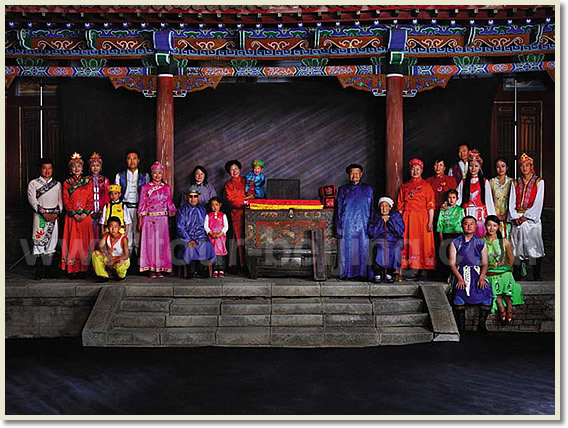
Va – China 56 Ethnic Groups
Va is an ancient ethic group in Yunnan province. During the western Han Dynasty, the ancestors of the Va, Blang and Deang living in the west of the Lancang River were under the jurisdiction of the Han Dynasty.
The residential area of the Vas was ruled by Yongchang County in the Eastern Han Dynasty, by Nanzhao Kingdom in the Tang Dyansty, by Dali Kingdom in the Song Dynasty and by Yunnan Province in the Yuna Dynasty.
The Va people mainly live in the Ava mountains area between the Lancang and Salween rivers and at the southern edge of the Nu Mountains. According to the fifth national census in 2000, the Va population was 396,610.
The Vas has their own language, which belongs to the Austroasiatic family and has several dialects. Before the founding of PRC in 1949, the Va people had no written language, except in some area an incomplete Vas in 1957, and is now being promoted.
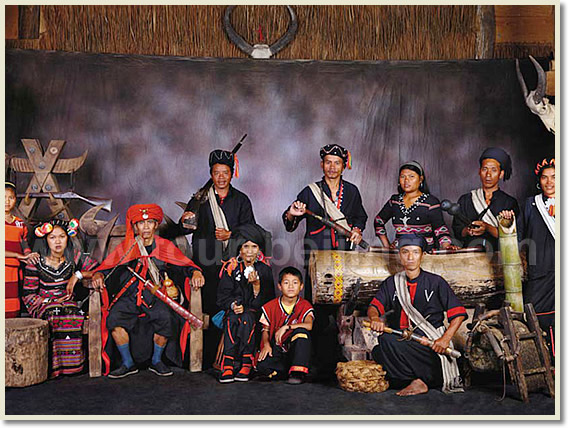
Uzbek – China 56 Ethnic Groups
“Uzbek” is a self-proclaimed name. In the early 14th century, the Uzbek Khan of Mongolian Kipchak Khanate unified all tribes of Central Asia and established Uzbek Khanate, whose citizens were called the Uzbeks.
From the end of the 15th century to the beginning of the 16th century, a nomadic tribe of Uzbek moved to the farming area of Central Asia and integrated with local people. In the 1750s, after the Qing Dynasty unified Xinjiang, and increasing number of Central-Asian Uzbeks migrated to China. Some of them settled down in Xinjiang and became the Uzbek of China.
The Uzbek people scatter over wide areas of the Xinjiang Uygur Autonomous Region. According to the fifth national census in 2000, the population of the Uzbeks was 12,370.
The Uzbeks have their own language, which belongs to the Western Hun subbranch of Turkic branch in Altaic language family. Their script is an alphabetic writing based on Arabic alpabet, and the Uygur character is widely adopted.
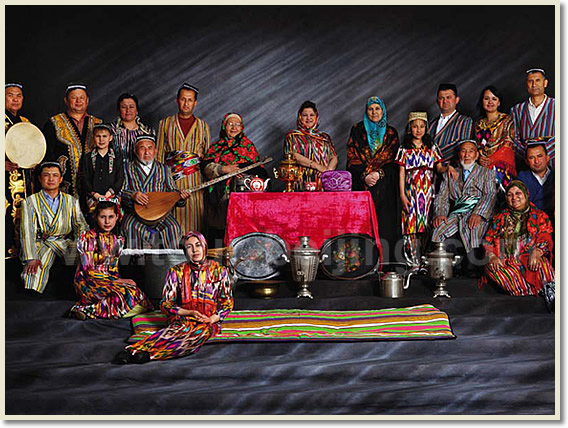
Uygur – China 56 Ethnic Groups
Uygur, a self-proclaimed name, means “solidarity” or “union”. The origin of the ethnic group can be traced back to the Dingling nomads that lived in the areas between the Lake Baikal and Lake Balkhash in the 3rd century B.C. After the 3rd century, the Dingling moved to Xinjiang and commingled with the local people. The Uygurs were once called “Weihe”, “ouigour”, “Uighur” and “Weiwu’er”. In 1934, it was officially named as “Uygur”.
Almost all the Uygurs are found in the Xinjiang Uygur Autonomous Region, and live in concentrated communities in oasises to the south of Tianshan Mountains, especially in Kashkar, Hotan andAksu. The rest are scattered in Changde City of Hunan Province. According to the fifth nation census in 2000, the population of the Uygurs was 8, 399,393.
The language of the Uygurs belongs to the Turkic branch of Altaic language family. In the ast, the Uighr script was in common use. In the 11th century when Islamism was introduced into the area, the Uygurs began using an Arabic based script.
After the establishment of PRC, A new script based on Latin letter was created. Since the early 1980s, the old Uygur language has been in common use again.
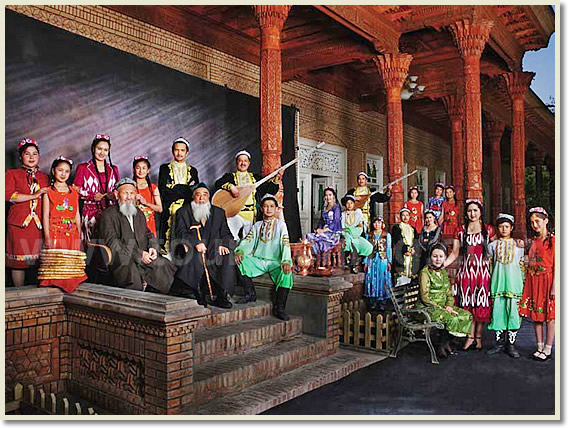
Questions & Answers:



